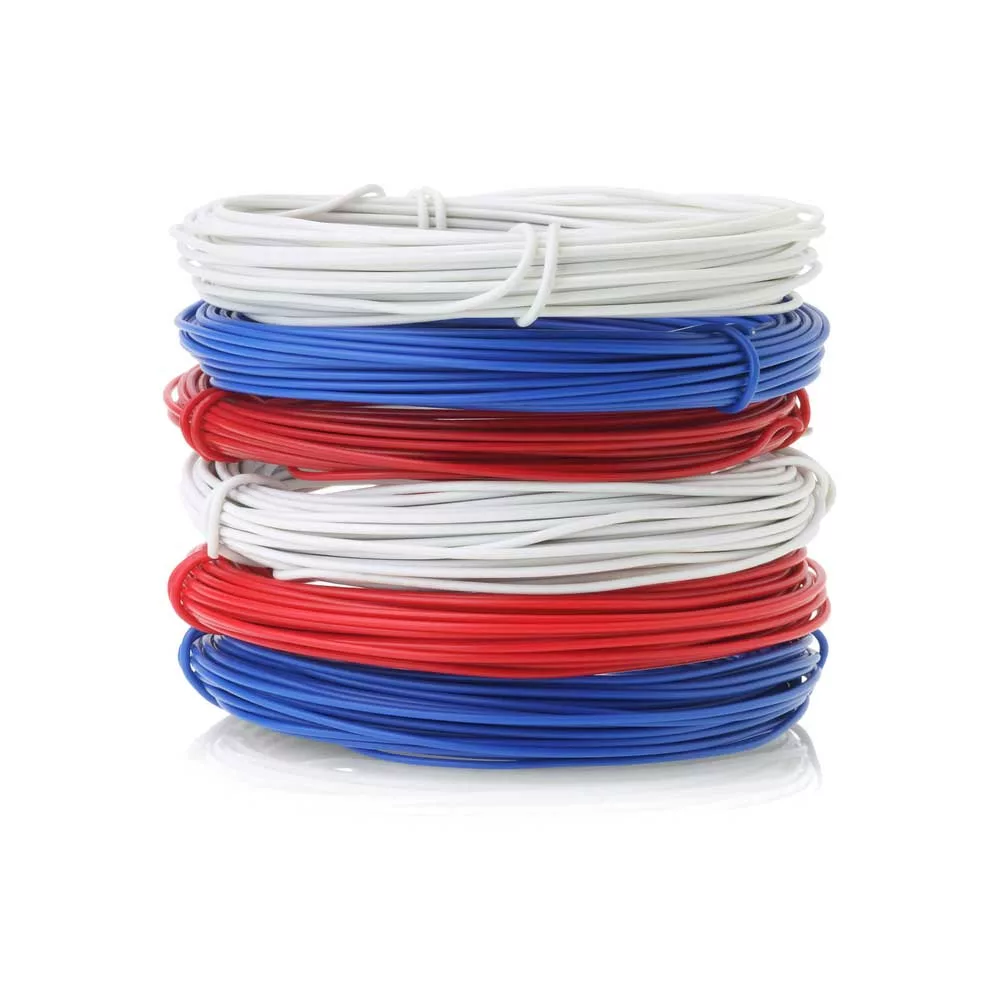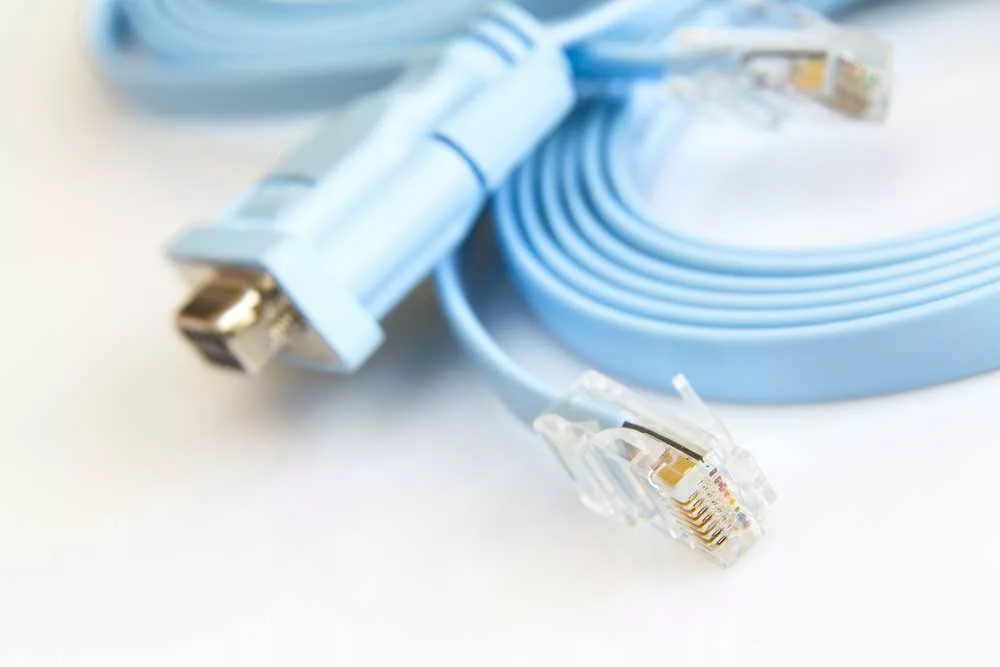Does coiling an ethernet cable cause problems? Whenever someone asks us to wrap up the cables and set them aside, what do we do?
We take the cable, pick its end and start to fold them. Also, we tend to wrap them by holding one end in our hands and folding them around our hands or elbows. Then gather it in our hands.
But is it the correct way? Certainly not!
Since a cable has its natural coiling, it will break from the inside when you wrap the cable, breaking that loop. Also, the cable functioning will affect badly.
Ethernet cables are not much different from general as they are built on the same principles as others. In this article, you will see how coiling can affect the ethernet cable and how you can wrap it up for storage.
Table of Contents
- Problems with Coiling an Ethernet Cable
- How to coil an Ethernet cable to prevent issues?
- Can you twist a Flat Ethernet Cable?
- Conclusion
Problems with Coiling an Ethernet Cable
Coiling an ethernet cable is not an evil task in itself. But the way you do it makes the difference. Issues you face depend on many factors, like the type of cable you have, the environment you work in, the bend radius, and the way you coil it.
Moreover, not all people face weak signals after using a coiled ethernet cable. That may be because they have coiled it the right way.
Still, some problems that you may face after coiling are:
Performance Drop
As you coil an ethernet cable, its internal mechanism tends to disrupt. That’s why its ability to transfer the signals affects you badly, and you get low-quality signals at the receiver’s end.
For that, you can remember a “rule of thumb” while folding a wire: not to bend a cable with a radius less than four times the diameter.
If you ignore the rule, you will get extra noise in the signal and, as a result, poor internet connection strength.
Also, the electromagnetic interference will increase in the case of unshielded cables. On top of that, flat cables make the matter even worse.
Hence, try not to tightly coil the cable to prevent all these problems.
Twisted Pair problems
Most ethernet cables are based on twisted pair cabling techniques to cancel out any extra EMI the internal pair of wires face individually.
So you get a fairly stable internet connection from it.
However, due to its tender nature, the internal wire may get damaged while folding the cable.
It will then have an increase in interference problems rather than a decrease, resulting in a poor connection.
Additionally, there is always a potential danger of getting twisted pair of wires untwisted.
This may result in loss of data packets along the way. Thus, it would be best to take extra care while bending such cables to avoid issues.
Heat
As the signals travel from a cable, it dissipates heat.
When you coil up an ethernet, the excessive heat, rather than blowing off, remains trapped in the loops. This increases the chance of wire damage in the coiled wires.
Thus, you must leave some space behind while folding the wire.
Also, keep an eye on such cables so there are no major issues. Moreover, it’s best to uncoil them after some time.
How to coil an Ethernet cable to prevent issues?
You can coil the ethernet cable, given that you are keeping in mind a few points before that. Additionally, if you are coiling your wires like the picture shown below, there might not be many issues arising.

Caption: Coils of wire stacked
However, making smaller loops out of the wire may require some prerequisites to follow, like,
Bend Radius
Before winding up a wire, you should know the bend radius you are working with. As every wire has a bend radius, Ethernet cables also tend to have a specific value, which differs with different types.
Hence, see the value for your type and brand of ethernet cable and then wrap the wires accordingly.
You can get all the bend radius values for every ethernet cable a company has. So, get it from your manufacturer and look for the values.
Also, the bend radius differs with the manufacturing of the ethernet.
For instance, the shielded cable may have different values from the unshielded, including the plenum, riser, direct burial, and outdoor wires.
Hence, search for the radius accordingly.
You can also use this simple calculation to find the bend radius;
Bend Radius = Cable’s outer diameter x 4, 8
Do not coil it tightly
Coiling an ethernet cable may put abrasions on its outer jacketing. As the damage seeps inside, you may start experiencing signal loss, EMI problems, etc.
If you have a high-end cable, it may survive for a few days. But, eventually, its components will also start to break down.
Hence, keeping the cable loose as much as possible and avoiding tight curls is important. This will help the wire to maintain its shape and have less damage.
Moreover, whether you are folding it up, it’s always better to leave the cable flowing so the insulation does not wear off quickly.
Can you twist a Flat Ethernet Cable?

Caption: Flat network cables
The answer is yes. Since coiling a flat cable requires the same prerequisites to follow as the other ones.
Thus, ensure that the folds are large and it does not surpass the bend radius value of the cable.
Flat Ethernet cables usually have a bend radius of 50mm.
However, your cable might not follow the standard, so it’s better to check the label or manufacturer’s website for the exact value.
Like other cables, wrapping it more than its capacity will lead you to many problems.
Moreover, they do not have extra layers of protection and are already prone to electromagnetic interference.
Thus, one must be more careful when dealing with flat cables than round ones.
Conclusion
Coiling the cables might be important for minimizing the space they take. Also, the cables look organized, and there will be less hustle while finding them for later use.
Still, folding them tightly may damage the cables and break the thinner wire strands.
Thus, always be careful before bending the cables. At Cloom, we offer services and products for our customer ease.
